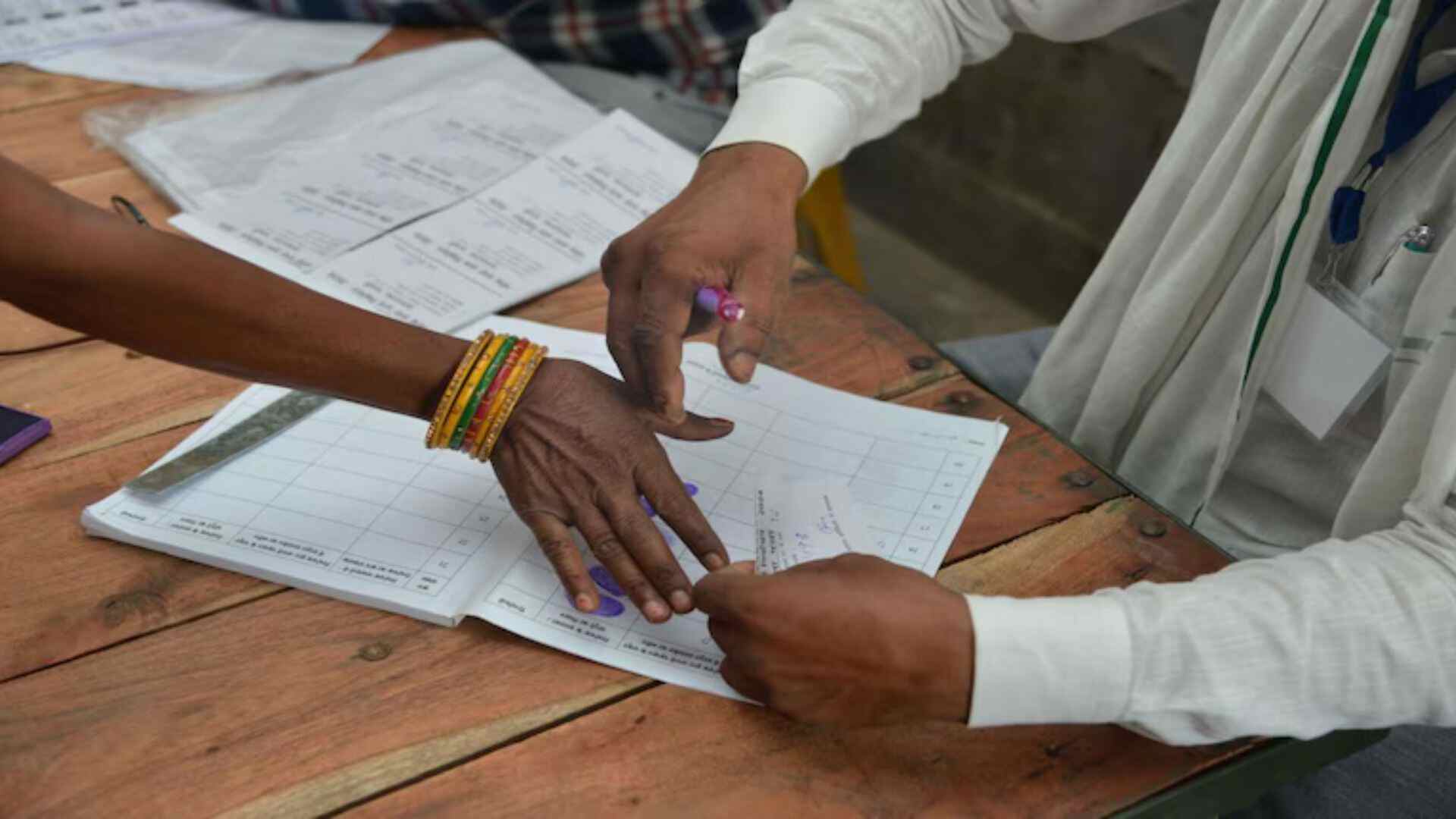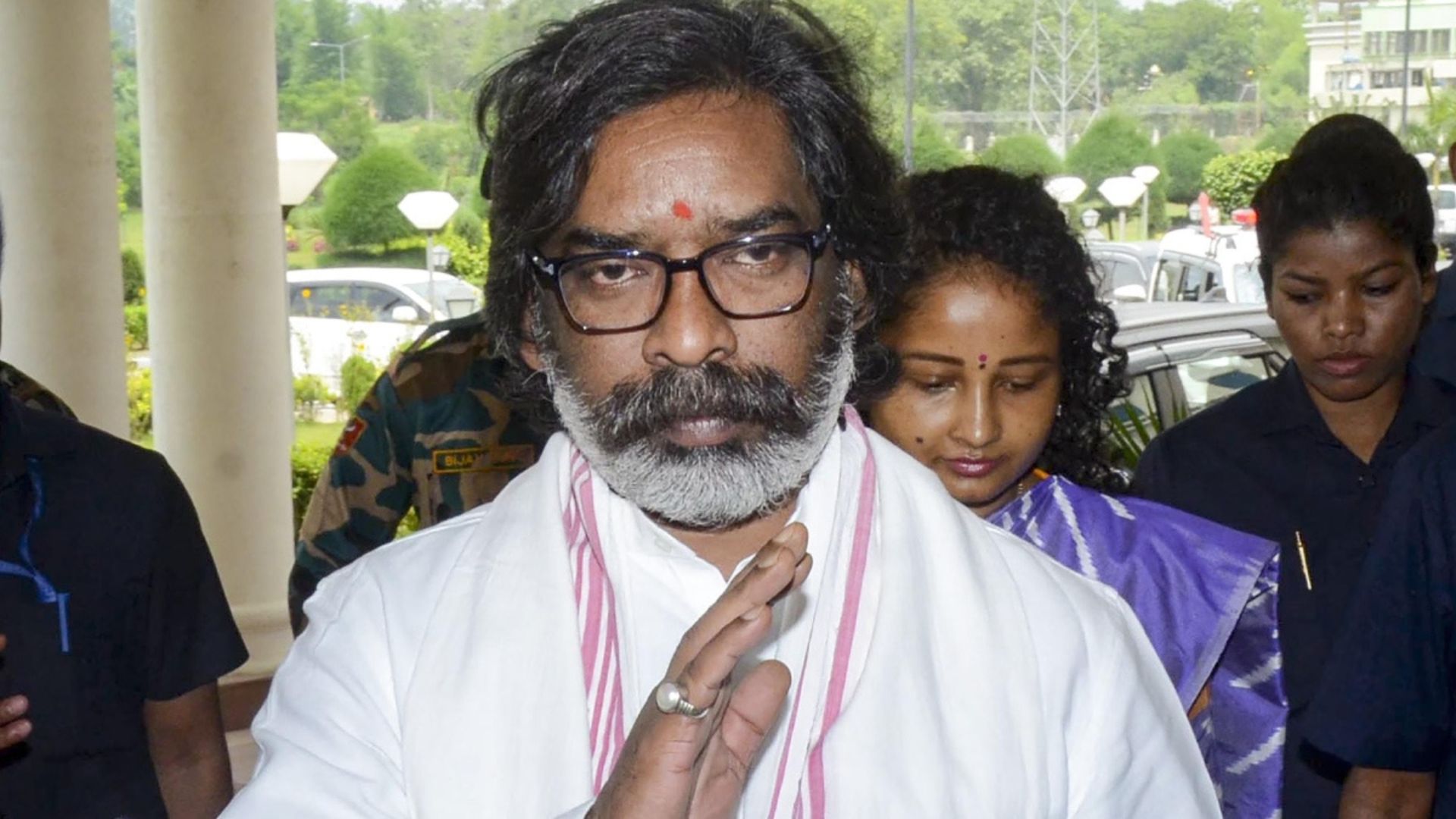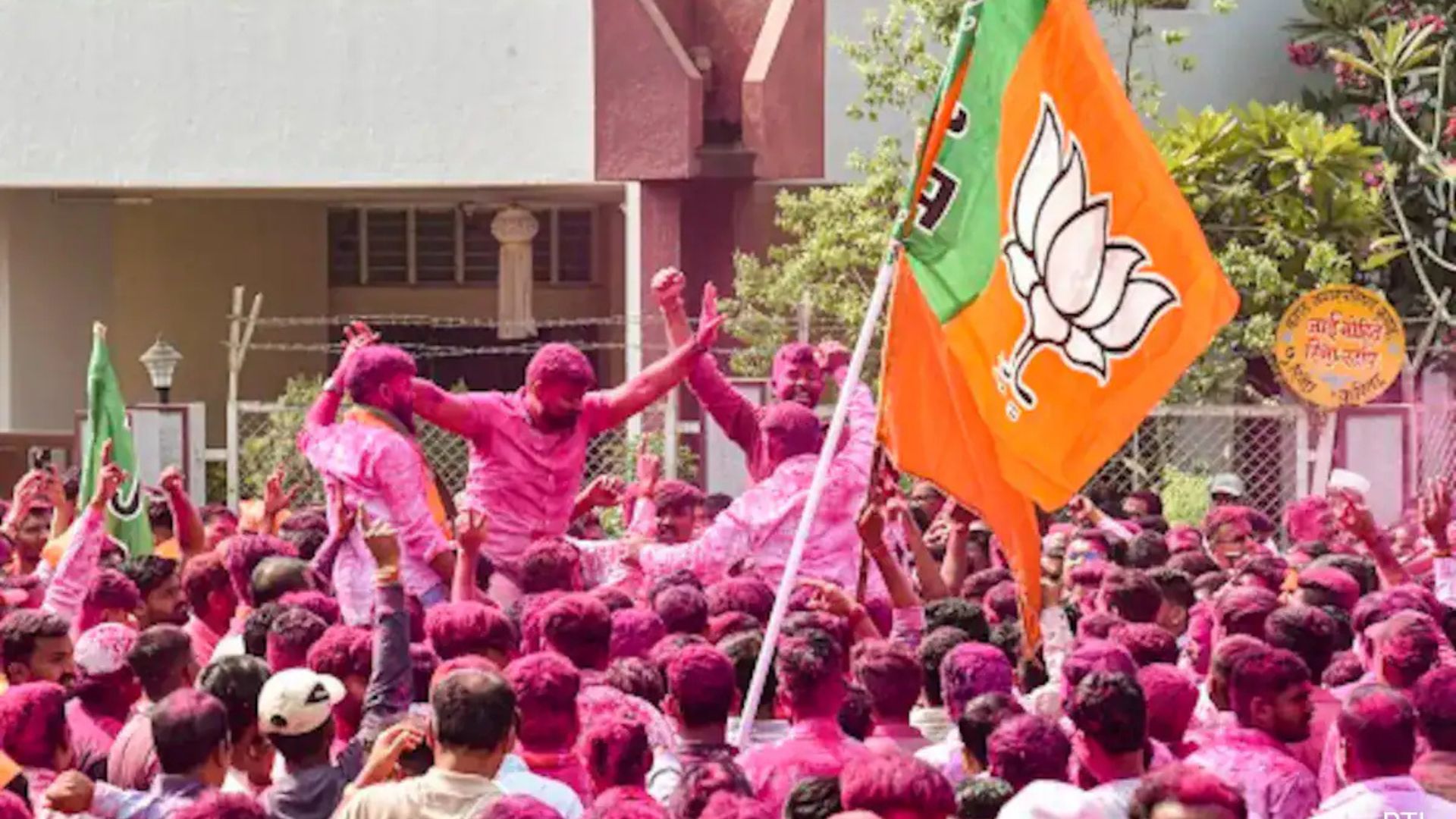
As the seventh and final phase of the Lok Sabha elections unfolds, the Election Commission has mandated that no exit polls be conducted before 6:30 PM on June 1. This directive comes as 57 parliamentary constituencies across eight states and union territories prepare to cast their votes. The counting for the 2024 Lok Sabha Elections will take place on June 4. Here’s a detailed look into what exit polls are, their history, relevance, and the rules governing them.
Exit polls are surveys conducted immediately after voters leave polling stations on election day. Unlike opinion polls, which gauge public sentiment before voting, exit polls aim to provide a snapshot of voters’ concerns and predict which party is likely to win. Various news channels and agencies in India conduct these polls, each employing different methodologies.
The concept of exit polls in India dates back to 1957, when the Indian Institute of Public Opinion conducted the first such survey during the second Lok Sabha elections. The practice was further developed in the 1960s by the Delhi-based Centre for the Study of Developing Societies (CSDS). However, it wasn’t until the 1980s that exit polls began gaining serious traction in the media, largely due to the efforts of psephologists like Prannoy Roy, David Butler, and Ashok Lahiri. Their work, including the publication “The Compendium of Indian Elections,” set the stage for the mainstream acceptance of exit polls.
In 1996, state-run Doordarshan commissioned CSDS to conduct a countrywide exit poll, further solidifying the practice’s legitimacy.
The accuracy of exit polls depends on several factors, such as:
According to Sanjay Kumar, Director of CSDS, coherent data collection and systematic analysis are crucial for reliable vote share estimates.
Exit polls in India are regulated by The Representation of People Act, 1951. Section 126A of the Act restricts the publication and dissemination of exit poll results during specified periods, particularly to prevent influencing voters. The Election Commission first issued guidelines on exit polls in 1998, barring newspapers and television channels from publishing or broadcasting exit poll results during specified times around the general elections.
Violating these provisions can lead to imprisonment for up to two years, a fine, or both. The EC also stipulates that news broadcasters must clearly state that any preliminary results are unofficial and not final until officially announced by the Election Commission.
Exit polls are popular because they provide a quick indication of election outcomes. However, their accuracy has often been questioned. Critics argue that exit polls can be biased, rely on skewed data or inadequate sample sizes, and sometimes serve political agendas.
Historically, exit polls have had mixed success. For instance, in the 2004 Lok Sabha elections, pollsters failed to predict the Congress party’s victory over the NDA. Similarly, in 2009, they underestimated the extent of the UPA’s win. While exit polls correctly anticipated a BJP-led victory in 2014, they largely missed the magnitude of the party’s success. In 2019, most exit polls predicted a return of the BJP-led NDA government but underestimated the coalition’s decisive victory.
With the Election Commission’s ban on exit polls until the evening of June 1, the focus remains on ensuring that these polls do not influence voter behavior. As the final votes are cast, the nation waits with bated breath for the official results to be announced on June 4, while exit polls and their predictions continue to generate significant public and media interest.
By understanding the intricacies of exit polls, their historical context, and the rules governing them, voters can better appreciate their role and limitations in the electoral process.















